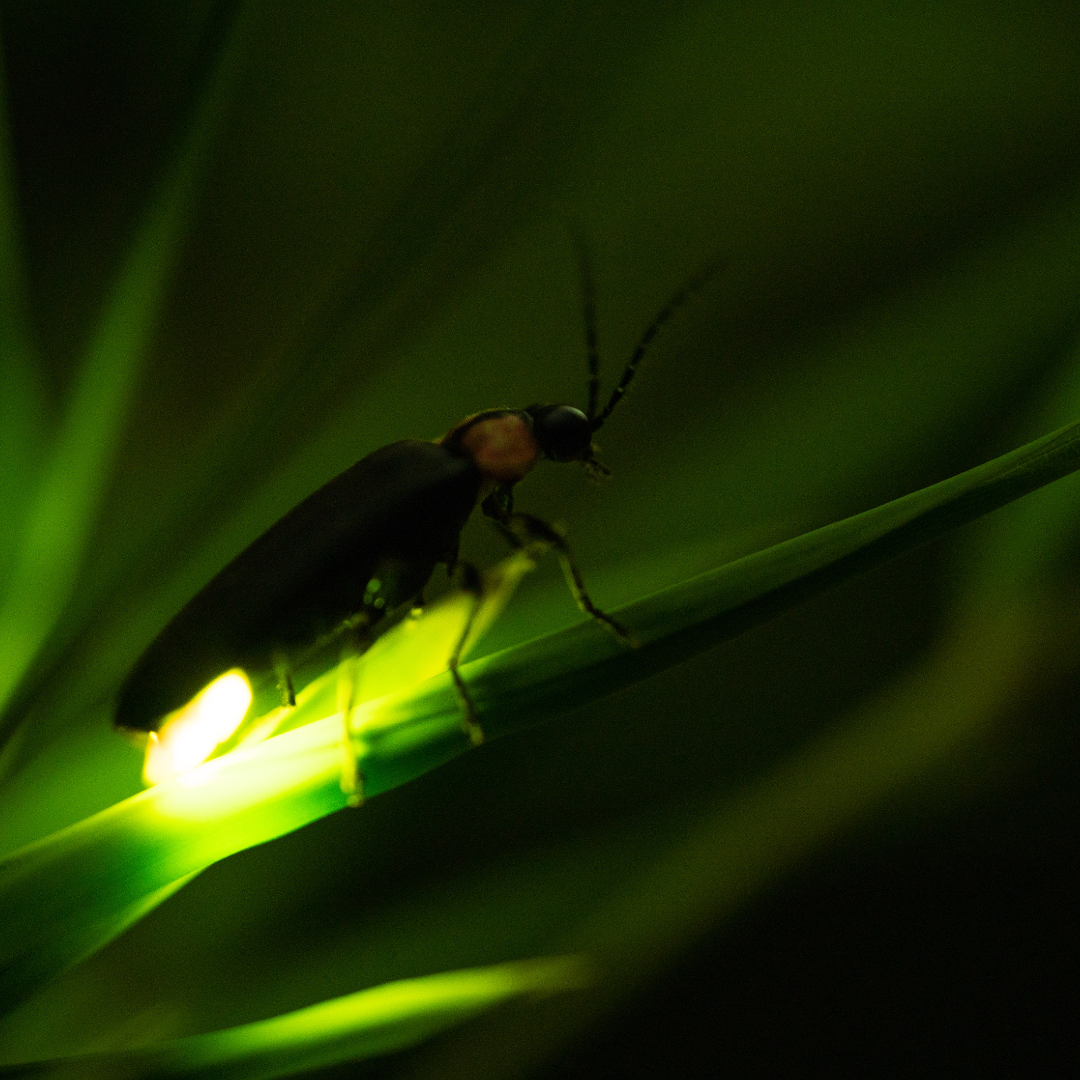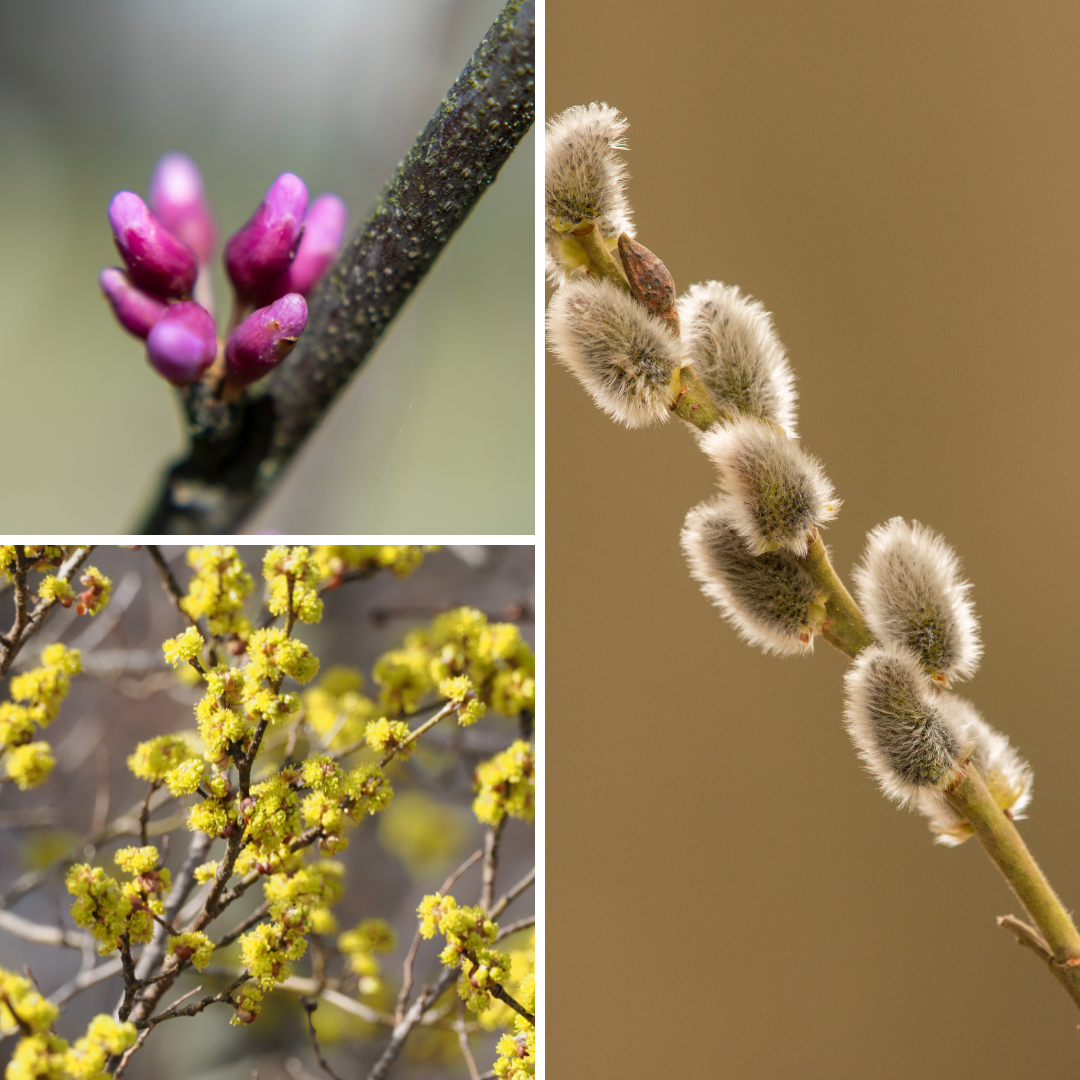Nature's Living Lanterns

Fireflies, also known as lightning bugs, are one of nature's most enchanting insects, captivating people with their bioluminescent displays on warm summer nights. These glowing beetles, belonging to the family Lampyridae, are not only a delight to watch but also play a crucial role in the ecosystem.
The magical glow of fireflies is a result of a chemical reaction called bioluminescence. This process occurs in specialized light-emitting organs located in the abdomen of the firefly. The main components involved in bioluminescence are luciferin, a light-producing substance, and luciferase, an enzyme that triggers the light-emitting reaction. When luciferin and luciferase interact in the presence of oxygen, adenosine triphosphate (ATP), and magnesium ions, they produce light. Unlike most light sources, the light produced by fireflies is nearly 100% efficient, meaning it generates almost no heat.
Fireflies use their bioluminescence primarily for communication, especially during mating season. Each firefly species has a unique pattern and rhythm to their flashes, which helps males and females of the same species identify each other. Males typically fly around and flash their lights in specific patterns, while females respond with their own distinctive flashes from the ground or vegetation.
Interestingly, some species can mimic the flash patterns of others to lure unsuspecting fireflies, often of a different species, as a predatory tactic. This deceptive behavior highlights the complex and sometimes perilous world of firefly communication.
Fireflies thrive in warm, humid environments and are commonly found in fields, forests, and wetlands. They require a moist habitat for their larvae, known as glowworms, which live in the soil and feed on small insects, snails, and worms. Preserving their natural habitats is crucial for the survival of firefly populations, as habitat loss and pollution pose significant threats.
In Pennsylvania, several species of fireflies can be found, each contributing to the enchanting light displays during summer evenings. The most common species include:
Photinus pyralis: Also known as the common eastern firefly, this species is recognized by its distinctive "J-shaped" flash pattern. It is widespread and often the first firefly species people notice at dusk.
Photuris spp.: Often called "predatory fireflies" or "femme fatale" fireflies, these species are known for their ability to mimic the flash patterns of other fireflies to lure and prey on them. They have diverse flashing patterns and are more commonly seen later in the evening.
Pyractomena borealis: This species is known for its amber-colored light and earlier seasonal appearance, often being one of the first fireflies to emerge in the spring. They typically inhabit wetlands and wooded areas.
Lucidota atra: Unlike other fireflies, this species does not produce light as adults. They are often found in moist, wooded areas and are identified by their dark, winged appearance.
These species, along with others, contribute to the biodiversity and ecological richness of Pennsylvania, making it a hotspot for firefly enthusiasts and researchers alike.
Firefly populations are declining globally due to factors such as habitat destruction, pesticide use, and light pollution. Light pollution can disrupt the mating signals of fireflies, leading to decreased reproduction rates. Conservation efforts are essential to protect these luminous insects and their habitats. Simple actions like reducing artificial lighting, preserving wetlands, and avoiding pesticide use can make a big difference.
Fireflies remind us of the incredible wonders of nature that can be found in our own backyards. By appreciating and protecting these tiny luminaries, we contribute to the preservation of biodiversity and the magic it brings to our world.




